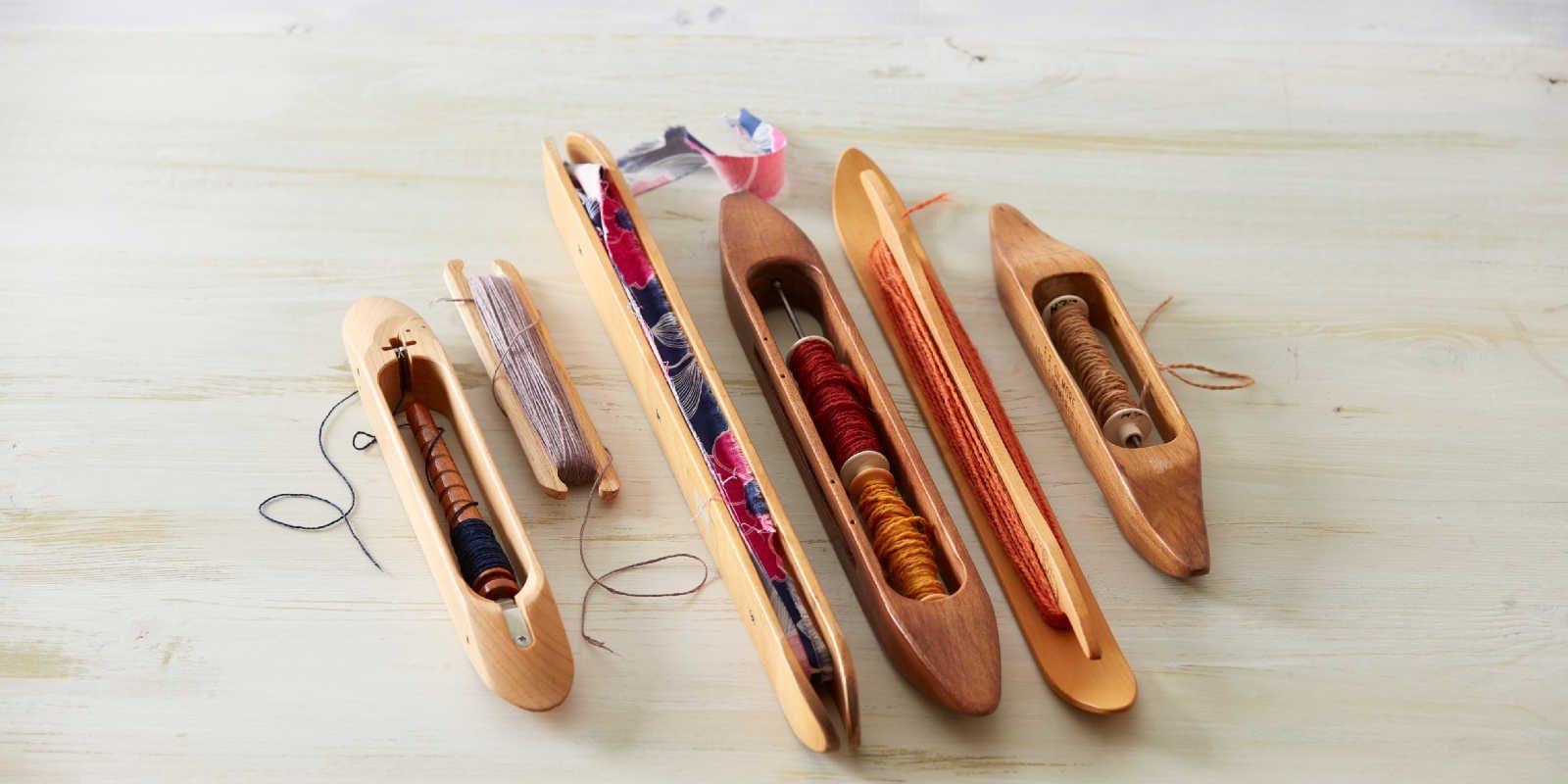| Rita Buchanan is a constant source of inspiration as a weaver, spinner, gardener, and as a fount of overflowing joie de vivre. Some years ago, in a keynote address at a fiber conference, she showed us pictures of her lovingly designed garden and studio and her home overflowing with handwoven cloth. I longed to visit that peaceful place. Now two new videos shot on location not only bring me the pleasure of Rita's philosophy and expertise, they also transport the viewer to Rita's extraordinary world. Here's Linda Ligon to tell you more about them.
I* recently had the pleasure of working with master spinner-knitter-weaver Rita Buchanan on a couple of videos:* How I Spin and In Praise of Simple Cloth (due out in November). Rita, having retired from a fine career in writing and editing about fiber and gardening in order to spend all her time actually working with fiber and gardening, is arguably the most productive maker of handspun textiles in the developed world. She spins and weaves her own placemats, table runners, napkins, aprons, kitchen towels, bath towels (handwoven terry cloth!), shirts, jackets, blankets, pillow cases – in short, she lives in an environment of beautiful handmade cloth, all made to her own specifications.
While the focus of Rita’s videos is handspinning, I learned so much about weaving while watching her work. Mainly, I learned about yarn and time.Rita weaves with every kind of fiber and yarn style you can imagine. Every kind of wool yarn from unspun roving (as a warp!) to worsted or woolen singles, to plied woolens or worsted, to novelties. Cottons, both singles and plied. Silk, linen, hemp, blends, twigs, leaves, She has no fears, no limits, and her fabrics are both lovely and durable. She achieves these qualities by sampling relentlessly. That’s a hard lesson for me, since most of my sampling happens on the first 10 inches of the warp I’ve already committed to. But having seen what she learns from her samples, perhaps I will find redemption.
A happier lesson for me is that weaving is a really, really speedy way to make cloth! Rita shares with us the amount of time she joyfully spends cleaning a fleece, dyeing it, carding or combing it, and spinning it. Or the hours and hours she whiles away reading a favorite book while spinning miles and miles of fine cotton. Creating the yarn for any given project can take weeks! But then she warps her loom in a few hours, weaves the fabric off in less time than that (unless it’s that terry cloth), and there you are. Cloth.
They say that, traditionally, it took seven spinners to keep one weaver supplied with yarn. Of course that would depend on size of yarn, fineness of fabric, and any number of other variables, but still. If you can take the time to focus and block out interruptions, it really doesn’t take that long to warp a loom with an average project. And the actual weaving? It’s over before you know it. Unless it’s a king-sized overshot bedspread, in which case it’s your own fault. But Rita would be the first to tell you to follow your own bliss, and who are we to question that?
––Linda |



